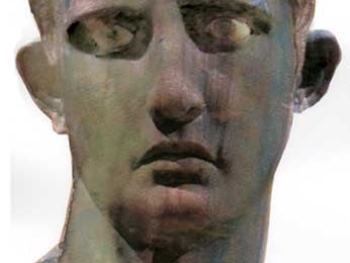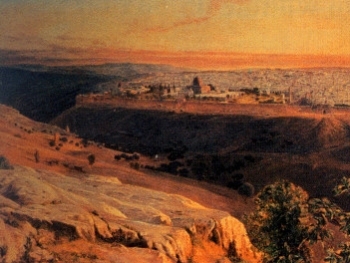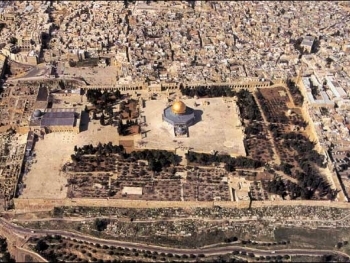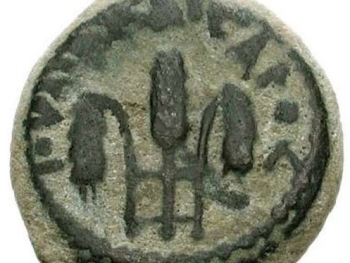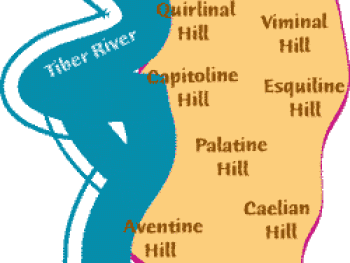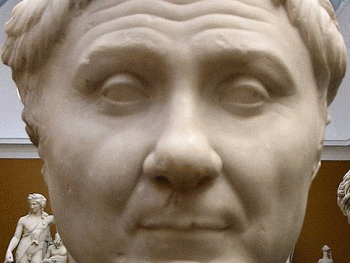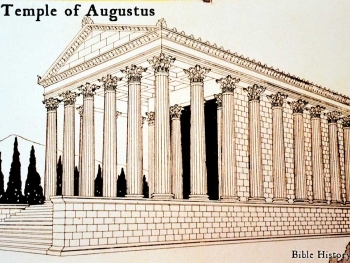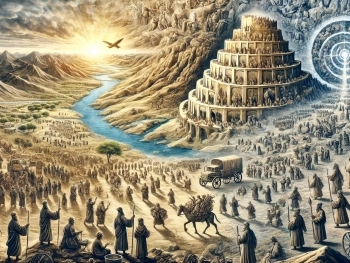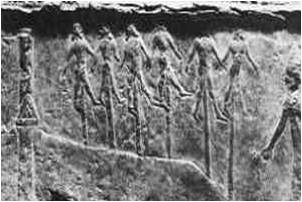There are five primary sources for the study of the Second Temple in Jerusalem, the Temple of Herod. They are:
The Bible
The Books of Maccabees
Josephus*
The Dead Sea Scrolls
The Mishna***War book 5, chapter 5; Antiquities book 15 chapter 11
**tractates Middot, Tamid, Yoma, Shekalim
These five sources along with archaeological discoveries provide us with sufficient information about the Temple of Herod during the time of Jesus.
Source:
